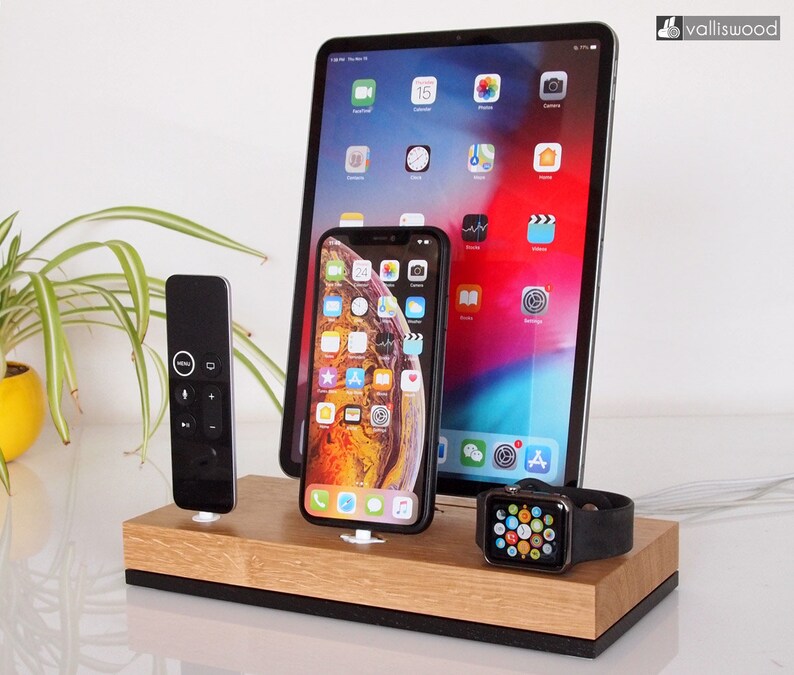
(Some systems that eschew the Universal Dock in favor of a bare dock-connector plug may let you dock an iPad, but the iPad’s body will likely block the system’s speaker drivers.) What you need is a way toĮxtend the dock-connector so you can plug in the iPad without having to fit the tablet in the speaker system itself.ĬableJive also has you covered here. And if, for whatever reason, the speaker system’s dock isn’t providing enough power, a mini-USB port on the side of the DockStubz lets you connect a USB cable to provide additional power.Īs mentioned above, the biggest challenge for using an iPad with most docking speakers is that the iPad is simply too big to fit in the dock cradle. For example, CableJive’s $23ĭockStubz is a tiny dongle that sits between your dock-cradle speakers and your iPod or iPhone, converting the charging circuitry while passing all other functionality through untouched. Thus, if an inexpensive accessory could reroute power from the older power pins to the pins your iPhone or recent iPod uses for power, you’d be able to get around this charging challenge.Ī few vendors product just such accessories. When it comes to charging, the main problem for older dock-connector accessories is simply that Apple changed which of the connector’s 30 pins carries power-the connector’s audio features have been largely untouched.

You may end up extending the life of your current speakers while saving quite a bit of money.ĬableJive’s DockStubz Dock-connector charging converters But before you rush out andīuy new speakers, consider using an accessory designed to let you use newer players with older audio systems. As a result, many people have felt forced to buy a new speaker system specifically made for an iPhone, iPad, or recent iPod.


 0 kommentar(er)
0 kommentar(er)
